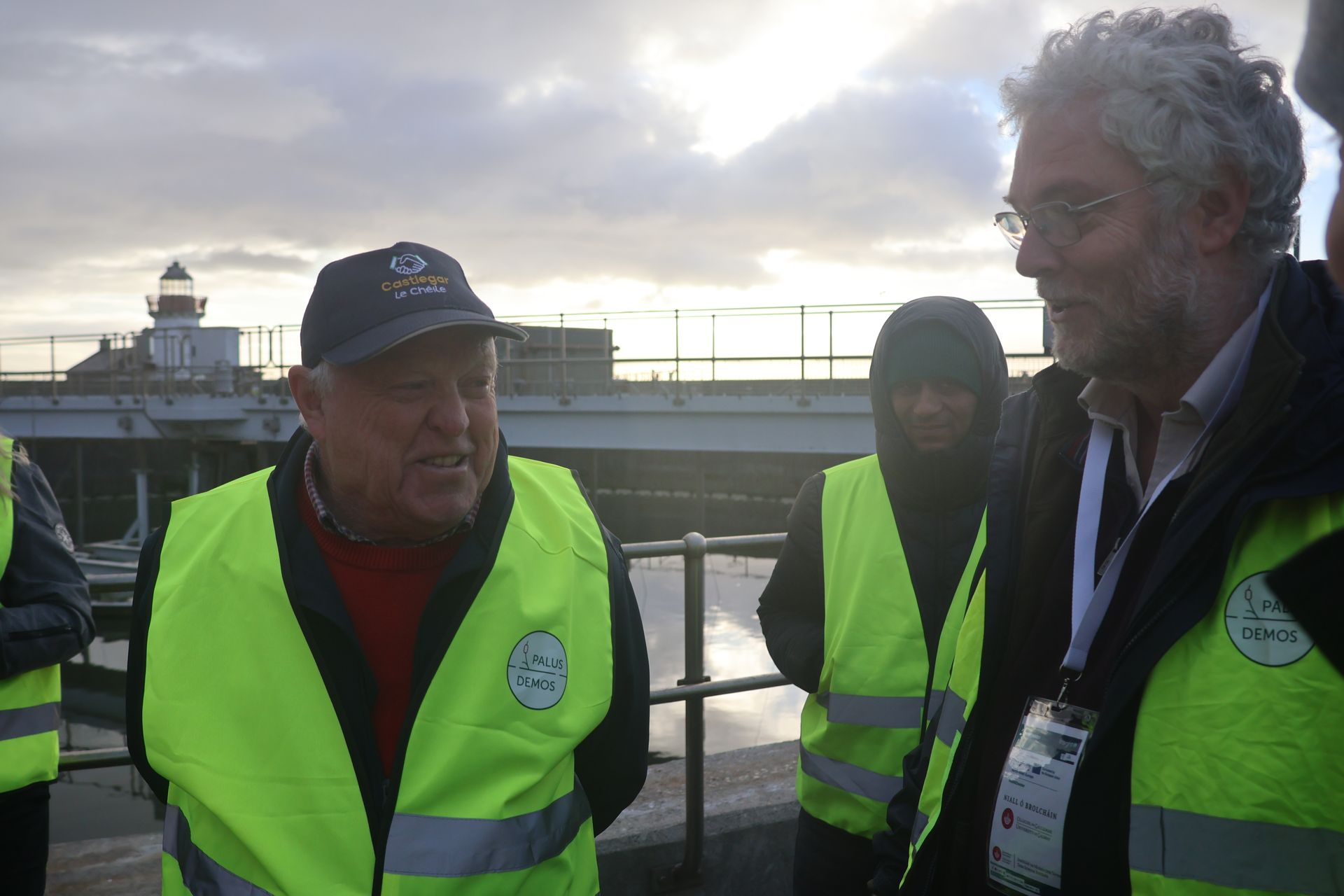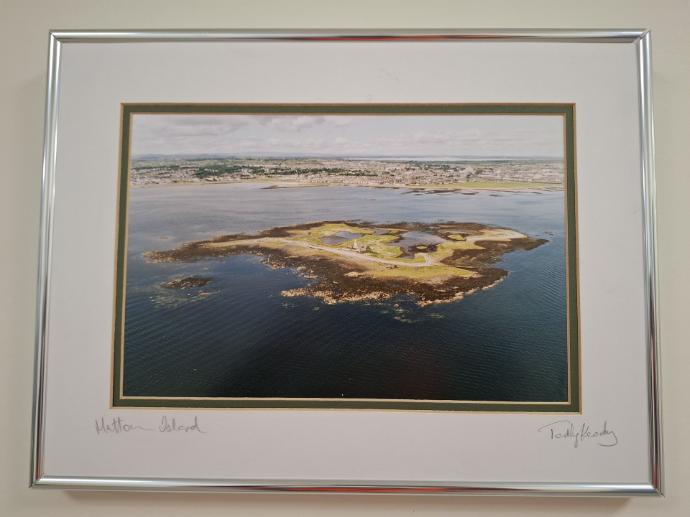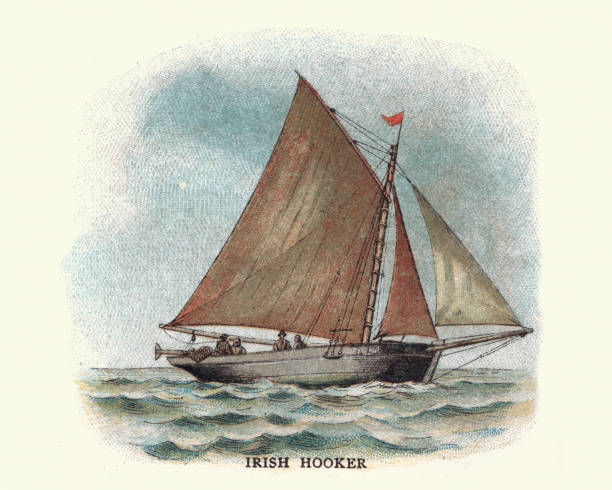Galway and Black Rock- Diving into the history of a place

A story of water, war and waves
There has been human activity in the Galway Bay area long before the medieval foundation of the city in the 13th century. Huge amount of artefacts, like stone axes and arrow heads from more than 8.000 years ago testify the existence of humans here.

The city of Galway we know today and especially the bay became very important obviously for trade. When the Normans came in in the 13th century, a number of their families became very famous and wealthy. 14 of them became more prominent than the others and they are known as the 14 Tribes of Galway, hence the nickname Galway has, is the Tribes of Galway and that's what it prides itself on. There was a lot of Irish, native Irish clans like the O'Briens and the O'Flaherty's and they were actually just sitting there waiting for all this beautiful cargo to come in just take whatever they wanted.
Richness through commerce
These people built up a huge amount of commerce through the seafront here. And metereological circumstances helped to foster trade with a certain medieval super power abroad. Old sailor´s testimonies verify that if you put up your sails you'll invariably end up in Spain. So there was a huge amount of trade with Spain.
The bay of Galway initially was called Black Rock Bay. Today it's a diving tower but there used to be a huge rocky area there and when the ships would come in in the Middle Ages this rock has been used to light fire in order to lead the ships.
Galway thrived and it became known as the city of cutthroat façades in Europe. In fact, in Europe in the Middle Ages, people would ask invariably, in what part of Galway is Ireland?
Mutton Island

The reason this Island off shore the main land of the Galway Bay is called Mutton Island is because sheep were grazed here. It has ever since been an seperated island, the causeway towards it was constructed only in 1999, when there has been the decision to build the treatment plant. But this is a later chapter in history.
The island as battlefield
Under Oliver Cromwell, his army surrounded Galway and took over the island. At this time there was still a castle standing here and they set up their garrison here. And what they were doing was actually sealing off the Bay so that no foodstuffs or troops or ammunition could actually get into Galway. The Irish that were in the city at the time were under siege.
A number of them
went in one stormy night to attack the Cromwellian garrison that was here. And they caught them by surprise and the island then was freed up
again for a time. When in 1652, the Cromwellians came in again, they took the island
entirely and the the castle fell into disrepair and disappeared. Part of the castle
stone was used then to build the lighthouse.

Back in the day of the 18th and 19th century most lighthouses were privately owned. But in 1815, the lighthouse company in Dublin decided to formalise the whole lot and take over lighthouses and start to build them. And they looked at Mutton Island and they said like this would be an ideal place to build their new lighthouse. And by 1817, Mutton Island Lighthouse was actually opened. Due to the lack of connection to the main land back in the days the lighthouse keeper and his family were obliged to own a boat in order to send the childrent to school or get the things for every day living. Once the lighthouses were publicly owned, the lighthouse keeper was allocated a boat.
The Great Famine and the light house on Mutton Island
During the Great Hunger, roughly one million people died and over one million more fled the country, causing the country's population to fall by 20–25%. The Irish famine of 1845 and 1850 was an absolute tragic period in irish history.
From all across Ireland, people were coming into Galway. People looking for seafood, anything they could get their hands on. And a lot of people died because they were eating the wrong seafood.
Between 1845 and 1855, at least 2.1 million people left Ireland, primarily on packet ships but also on steamboats and barques—one of the greatest exoduses from a single island in history. Because Galway was a port, it was exporting people to Canada and the United States, with hundreds of thousands of people that lost their lives in the ocean.
A lot of these migrants had never been on a ship before, so the last thing
that those people would have seen leaving, the last memory of Galway and their beloved homeland, before often disappearing in the icy waters of the Atlantic, was the light on Mutton Island.

